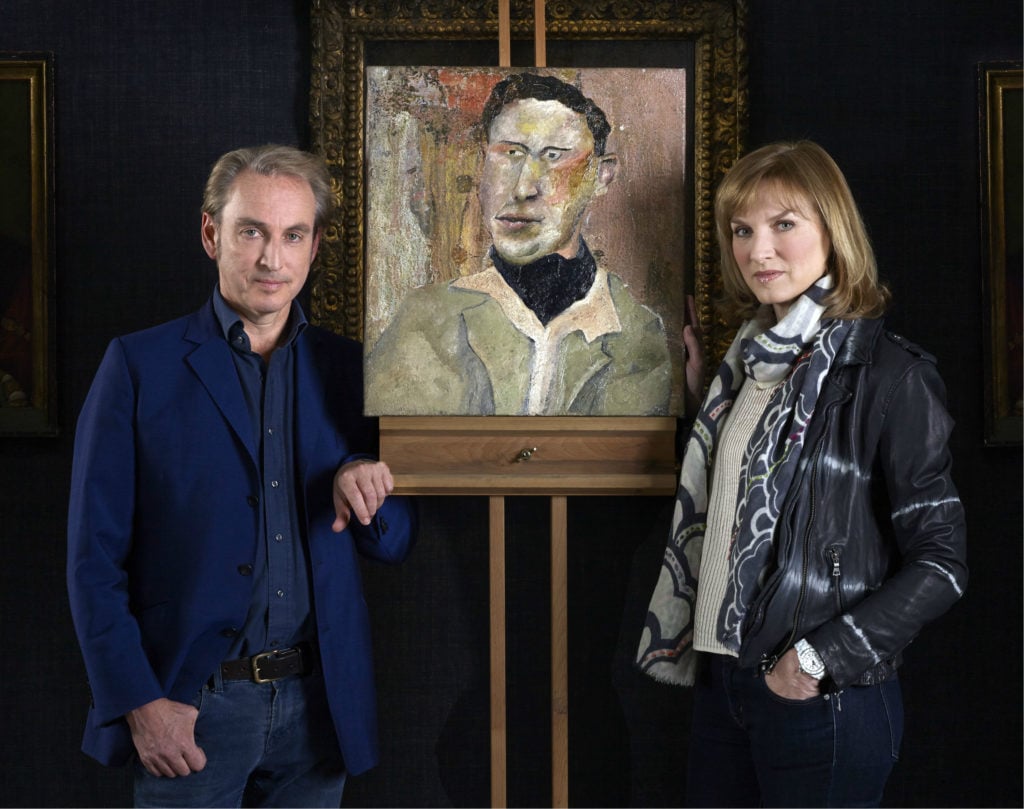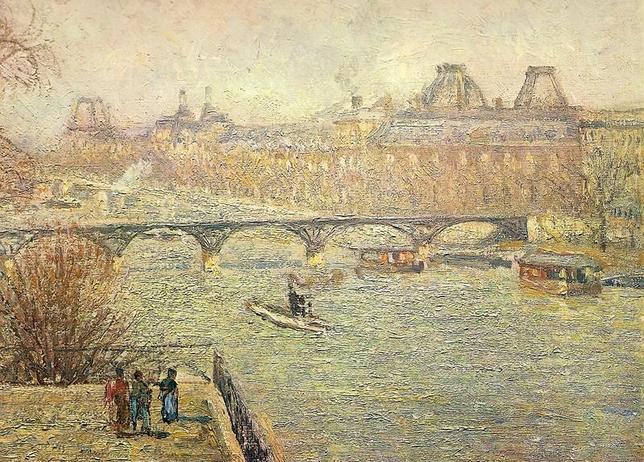Art World
Hildebrand Gurlitt’s Disputed Henry Moore Will Have a Starring Role in the BBC’s Hit Art Detective Series
Drawings of reclining nudes attributed to the British sculptor could be another "sleeper" revealed on the BBC's Fake or Fortune?

Drawings of reclining nudes attributed to the British sculptor could be another "sleeper" revealed on the BBC's Fake or Fortune?

Javier Pes

The Gurlitt hoard has generated litigation, a tsunami of press coverage, shows in Germany and Switzerland—and, now, a TV special.
The BBC’s popular art detective program “Fake or Fortune?” is including in its next season an enigmatic piece from Cornelius Gurlitt’s disputed collection of possibly Nazi-looted artworks—specifically, a sheet of drawings of reclining female nudes—that experts believe may in fact be an unknown early work by the British sculptor Henry Moore, created just as his career was taking off.
The show, which is co-hosted by the art dealer Philip Mould with Fiona Bruce, the BBC news anchor, has investigated numerous works, including a “Chagall” (fake), a “Monet” (unclear) that was rejected by the Wildenstein Institute, and a portrait by Lucian Freud (fortune), although the artist denied it was by him.

Sketch for a Stone Sculpture attributed to Henry Moore, bequest of Cornelius Gurlitt 2014, courtesy of Kunstmuseum Bern
Nina Zimmer, the director of the Kunstmuseum Bern, where Cornelius Gurlitt chose to bequeath his art-dealer father’s long-hidden stock, confirmed that filming has begun. The BBC, maintaining the show’s mystery, declined to comment. Mould was filming and unavailable for comment.
The discovery of the sheet of drawings in Bern, which artnet News first reported in January, has led to in-depth research into its authenticity and provenance. “It is not a masterpiece drawing,” Zimmer told us, which increases the chances that it is genuine and not a forgery or copy. Experts from the Henry Moore Foundation have traveled to Bern but so far, no verdict has been delivered.
The work on paper’s provenance is also problematic, like many pieces in the Gurlitt hoard. Hildebrand Gurlitt tended to focus on French and German art rather than British. But he did deal in Moore’s work after World War II.
One theory is that the work on paper was acquired in London around the time of Moore’s first major solo show by the director of the Hamburg’s museum of fine and applied art, Max Sauerlandt. The German curator acquired a sculpture by Moore for the museum around 1932, the artist’s first significant institutional purchase. Sauerlandt died of cancer in 1934 as the Nazis were purging Hamburg and the nation’s museums of so-called degenerate art.

Camille Pissarro’s La Seine vue du Pont-Neuf, au fond le Louvre (1902) is confirmed as Nazi-era loot in the Gurlitt collection. Courtesy of the Kunstmuseum Bern.
If genuine, the Henry Moore Foundation hopes to include the work in an exhibition focused on the artist’s drawings, which is planned for 2019. However, the Kunstmuseum Bern has not included the work in “Gurlitt: Status Report Part Two,” an exhibition of works from the trove that opens on April 14 (through July 15).
The exhibition explores Hildebrand Gurlitt’s role as an art dealer in Nazi Germany and the range of art he bought, sold, and hoarded, which includes paintings, sculptures, as well as prints and drawings from the 16th to the mid-20th centuries.
Here’s hoping the BBC can help crack the case.